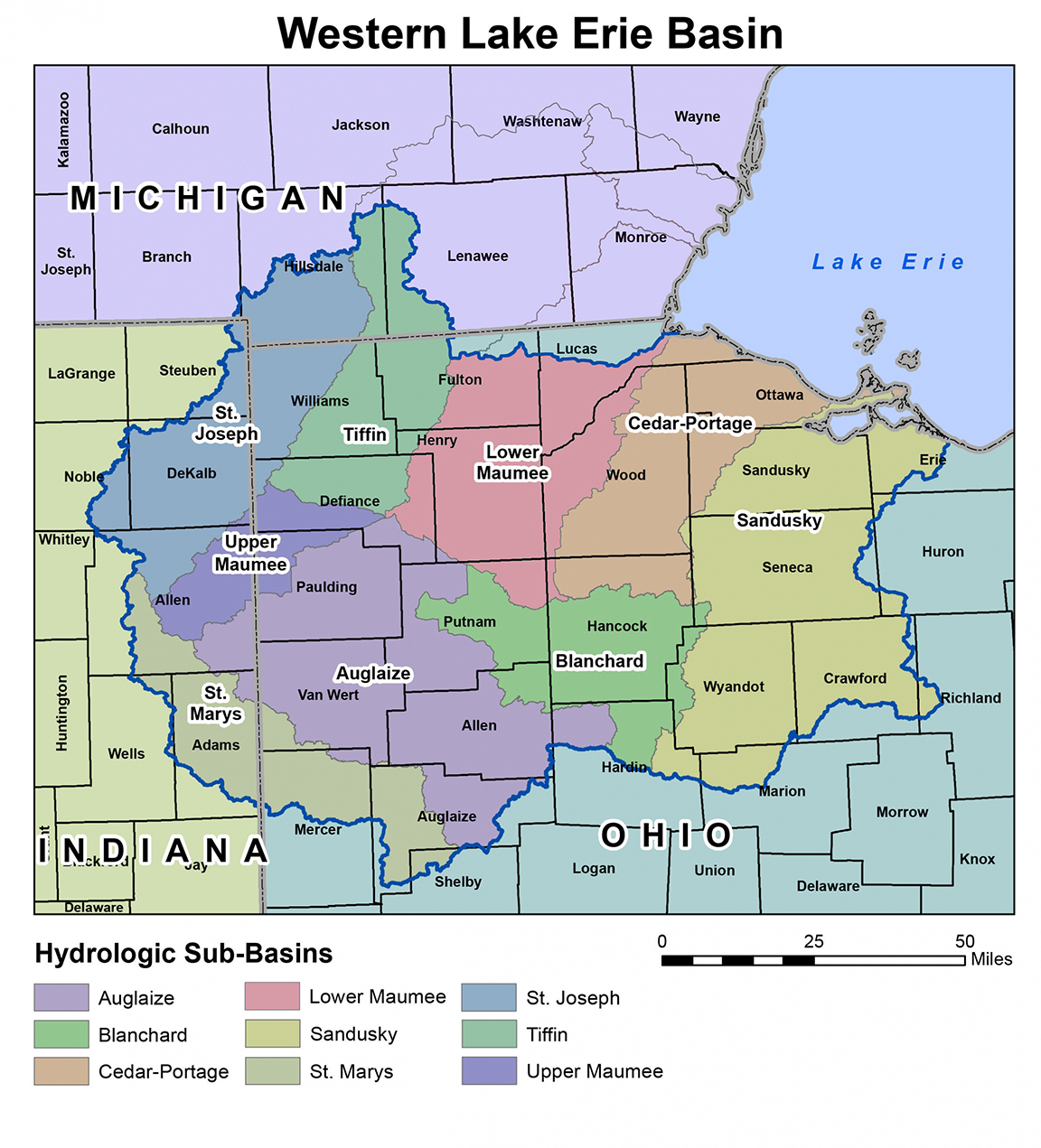Indian Creek Watershed Project
Over the course of six years, the Indian Creek Watershed Project proved to be a significant model for voluntary water quality improvement efforts—not just in Livingston County, Illinois, but across the country.
Project organizers talked to every single producer in the watershed about conservation practices and water quality, and by the end of the project, conservation systems and best management practices (BMPs) were in place on at least 57% of the agricultural acreage in the Indian Creek drainage.
Goals and Recipes
Key concepts at the heart of the Indian Creek Watershed Project included:
- The importance of locally led conservation efforts
- The power of including stakeholders in the watershed from off and on the farm
- Cooperation among conservation entities within the watershed
- Demonstrations of key conservation practices under local conditions
- The impact of applying priority conservation practices by at least 50% of the producers in a small watershed to improve water quality in the receiving surface waters
CTIC and the local organizers in the watershed also developed “recipes” that could be used by organizers in other watersheds around the nation. Tools including research on organizational elements influencing the adoption of BMPs and a booklet on leadership lessons from the project help share those recipes.
Organization and Funding
The Livingston County Soil and Water Conservation District (SWCD) and the Natural Resources Conservation Service (NRCS) in Illinois led the project, recruiting a steering committee of local stakeholders and getting them deeply involved in every aspect of the project. CTIC brought organizational, educational and outreach expertise, using EPA 319 funding received from Illinois EPA. Illinois EPA and the US Geological Survey (USGS) provided data on water quality and other parameters to measure the impact of conservation practices on water quality in the creek.
Additional funding through the Mississippi River Basin Initiative (MRBI)—a program of USDA NRCS and US EPA—assisted in implementation.
Outcomes and Information
Leaders of the Indian Creek Watershed Project personally contacted every one of the more than 100 farmers in the watershed to inform them about conservation options and benefits, as well as about incentives and programs that helped make key practices more attractive. The team also listened carefully to local farmers, engaging them in surveys of their concerns, focus groups, and roundtable discussions.
The project was the source of a wide range of insight into conservation practices, promotion, and impacts, which are detailed in the project’s final report. Among the highlights include:
- An aggressive water quality monitoring program contributed to a study by Jennifer Tank and Ursula Mahl at the University of Notre Dame demonstrating an impact on water quality in Indian Creek from widespread adoption of conservation practices in the watershed.
- A groundbreaking study by Purdue University researchers on the leadership techniques that contributed to the success of the project. The extension bulletin by Sarah P. Church and Linda Stalker Prokopy was augmented by a pair of videos—with links here and here—on YouTube.
- Trials of perennial bioenergy crops, conducted in conjunction with the Argonne National Laboratory and the University of Michigan. The study explored the role of perennial bioenergy crops as rotation options for local farmers, nutrient removal by the alternative crops, and the use of the perennials in holistic management of the agricultural landscape.
- Demonstrations of key conservation practices and products, illustrating concepts such as nutrient use efficiency and the proper applications of the 4Rs of Nutrient Stewardship.
- Heightened awareness of water quality issues, augmented by watershed project field tours and a series of speaking engagements throughout the country by project leaders.
- A CropLife webinar brought project details and conservation messages to a nationwide audience of 125 participants.
CTIC disseminated information from the project throughout its six-year funding period, organizing summer field tours, winter producer meetings, and other speaking opportunities. CTIC also worked with agricultural media through direct contact and press releases, and created materials to share with conservation leaders in other watersheds, including a booklet and video on leadership lessons and partnership development based on experiences from the project.
A series of fact sheets—distributed to farmers, ag retailers, and crop consultants by CTIC and the local Soil and Water Conservation District—captured key lessons from the project, including:
- Creating your own demonstration plots
- Establishing and managing cover crops
- Spring and split applications of nitrogen
- Understanding MERN
- Using enhanced-efficiency nitrogen sources
Six video vignettes profiled farmers active in the project, detailing their conservation practices. The CTIC website for the project logged nearly 20,000 page views during the funding period.
Project Sponsors and Partners
The key to the success of the Indian Creek Watershed Project has always been the commitment and cooperation of the project’s sponsors and partners. Those sponsors and partners have been recognized throughout the project for their support of the demonstration plot program through financial commitments, in-kind donations and the invaluable contribution of expertise and insight. They include:
- Agrium
- A.J. Sackett & Sons Company
- Altorfer, Inc.
- BASF
- Brandt
- Case IH
- Crop Production Services
- Cropsmith
- Dow AgroSciences
- The Fertilizer Institute
- GROWMARK
- Illinois American Water
- Illinois Corn Marketing Board
- Illinois Council on Best Management Practices
- Illinois Environmental Protection Agency
- Illinois Fertilizer and Chemical Association
- Illinois Soybean Association
- John Deere
- Koch Agronomic Services
- Livingston County SWCD
- Monsanto
- The Mosaic Company
- New Leader
- Syngenta
- USDA Natural Resources Conservation Service
- US Geological Survey
The six-year Indian Creek Watershed Project was a model program in many ways. A shining example of organization and leadership; a paragon of public-private partnerships; a case study in demonstration plots and outreach; a watershed studied for both its water chemistry and its social sciences; and a case study for organizers in watersheds across the nation, Indian Creek’s impacts will be felt well beyond its banks.

